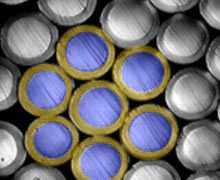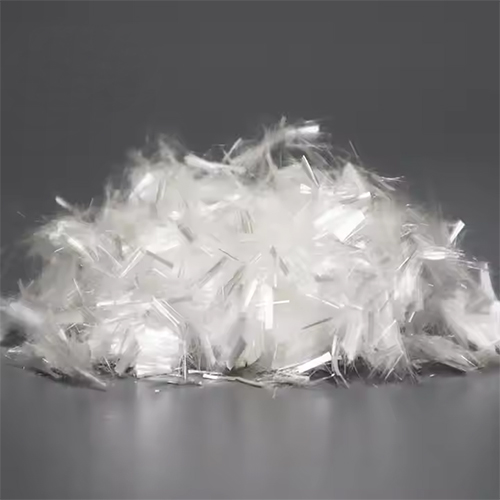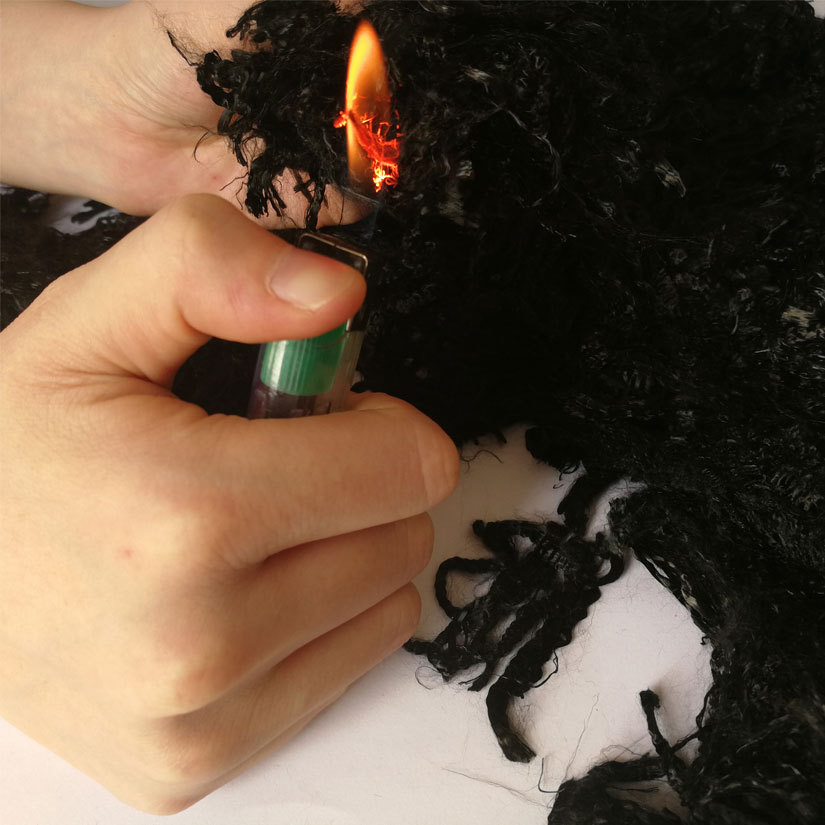Bicomponent Fiber

Bicomponent fibers, also known as bicomponent or composite fibers, are an innovative class of fibers that are engineered by combining two distinct polymer types. The differentiation between polymers forms the backbone of these fibers’ unique characteristics, which are not found in standard single-polymer fibers.

| Category | Description |
|---|---|
| Main Types | Sheath-Core – Core polymer for strength; sheath polymer for additional functionality. |
| Side-by-Side – Different shrinkage rates cause heat-induced curling. | |
| Segmented Pie – Alternating polymer segments providing unique mechanical properties. | |
| Sea-Island – “Sea” polymer matrix is dissolvable, leaving behind “island” microfibers. | |
| Applications | Textiles – Specialty clothing with properties like insulation, moisture-wicking, antibacterial. |
| Filtration Materials – Ideal for high-efficiency filtration due to structural complexity. | |
| Medical Supplies – Biocompatible and controlled degradability for sutures, dressings, etc. | |
| Industrial Materials – Used in composites, soundproofing, and more. | |
| Manufacturing | Techniques – Involves co-spinning and composite spinning processes. Precision control of polymer ratio and distribution is crucial. |
Here’s a table summarizing the common components of bicomponent fibers:
| Polymer Combination | Properties and Common Uses |
|---|---|
| Polyester and Polyamide | Provides strength, wear resistance, elasticity, and softness. Common in textiles. |
| Polyethylene and Polypropylene | High tensile strength and chemical resistance. Often used in packaging and industrial applications. |
| Polyethylene and Polyester | Good mechanical properties and thermal stability. Used in outdoor gear and high-performance textiles. |
| Polyester and Polyvinyl Alcohol (PVA) | Allows creation of ultrafine polyester microfibers by dissolving PVA. Used in advanced filtration systems and medical supplies. |
| PLA (Polylactic Acid) and Polyester | Enhances biodegradability, common in eco-friendly textiles. |
RECOMMENDED PRODUCTS
- View details
Nylon Flocked Short Fibers
Nylon Flocked Short Fibers
- View details
PVA Fiber
PVA Fiber
- View details
PE Fiber
Polyethylene fiber
- View details
Pre-Oxidized Fiber
Pre-Oxidized Fiber
loading…
已经是到最后一篇内容了!
 DC New Material
DC New Material







